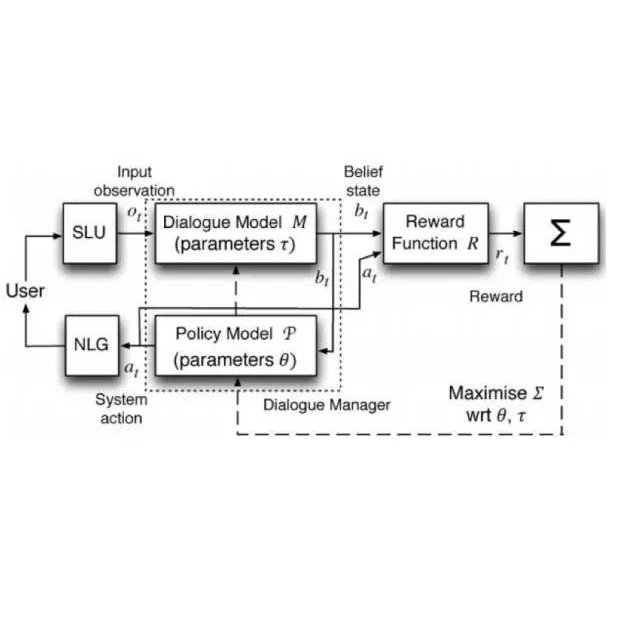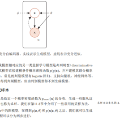The goal of empathetic response generation is to enhance the ability of dialogue systems to perceive and express emotions in conversations. Current approaches to this task mainly focus on improving the response generation model by recognizing the emotion of the user or predicting a target emotion to guide the generation of responses. Such models only exploit partial information (the user's emotion or the target emotion used as a guiding signal) and do not consider multiple information together. In addition to the emotional style of the response, the intent of the response is also very important for empathetic responding. Thus, we propose a novel empathetic response generation model that can consider multiple state information including emotions and intents simultaneously. Specifically, we introduce a state management method to dynamically update the dialogue states, in which the user's emotion is first recognized, then the target emotion and intent are obtained via predefined shift patterns with the user's emotion as input. The obtained information is used to control the response generation. Experimental results show that dynamically managing different information can help the model generate more empathetic responses compared with several baselines under both automatic and human evaluations.
翻译:产生同情反应的目的是提高对话系统在谈话中感知和表达情感的能力。目前,这项任务的方法主要侧重于通过认识用户的情感或预测目标情感来改进反应生成模式,或者预测目标情感来指导反应的产生。这些模式只利用部分信息(用户的情感或目标情感作为指导信号),而不考虑多种信息。除了反应的情感风格外,反应的意图对于同情反应也非常重要。因此,我们提议一种新的同情反应生成模式可以同时考虑包括情感和意图在内的多重状态信息。具体地说,我们引入一种州管理方法来动态更新对话状态,首先认识到用户的情感,然后通过预先确定的转变模式获得目标情感和意图,用用户的情感作为输入。所获得的信息被用来控制反应生成。实验结果显示,动态管理不同信息可以帮助模型产生更多的同情反应,而在自动和人文评价下的若干基线下都存在。





